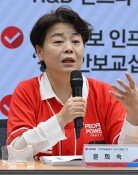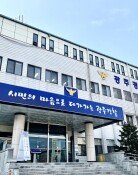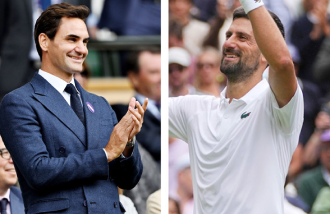[Opinion] Voiceprint
Before the 1992 presidential election, local government officials in Busan area were accused of provoking regionalism and attempting influence meddling. To investigate the so-called ‘Chowon Restaurant incident,’ prosecutors needed to identify the voiceprints of the people involved. They sent the tape recording to the National Institute of Scientific Investigation, and Kim Gi-choon, now Grand National Party lawmaker, was charged with violation of the election law. Voiceprint is an issue of contention again after 10 years, this time also before a presidential election.
▷When former Soviet leader Khrushchyov published his autobiography ‘Khrushchyov, Remembers’ in the U.S. in the early 1970s, authenticity of the story soon sparked controversy. While the publishing company maintained the book was based on tapes secretly recorded for 5 years after his downfall in the Soviet Communist Party, many raised suspicion whether it was possible for a man like Khrushchyov to bring secret tape recordings out of a country like Soviet Union.
Some even suggested that the Central Intelligence Agency was behind. The controversy came to an end only after the voice in the tapes proved identical to a voice in the U.N. tape recording of Khrushchyov’s speech.
▷You don’t need to be an expert to recognize different human voices. We have different voices as we have different faces. We even can guess the hometown, age, personality, educational background and occupation of a person by listening to the way he speaks carefully. There was a health service provider a few years ago, which tells your physical conditions by listening to your voice from the other end of the phone line.
Before and after World War II, a number of voice detecting machines were developed, paving the way for commercial applications of voiceprints. In fact, U.S. military used voiceprint technology during the war. And the error range of the results is known to be less than one in 100,000.
▷Commercial applications of voiceprint technology are mostly centering on criminal investigation. But the results of an analysis are not always adopted as evidence though. It was in the 1987 missing child case when an investigative body first used the technology. To find a missing girl Won Hye-joon, the police compared the voice in the threat call with voices of some 50 suspects, and successfully picked out the abductor.
Soon the prosecution will find out whether the Kim Dae-up tape is authentic or not. Then the public will know who is lying and who is not. Indeed, we live in a world where lies are scientifically detected.
Im Chae-chung, Editorial Writer





![[이진영 칼럼]꿈쩍도 않는 국힘 ‘쩍벌남’들](https://dimg.donga.com/c/138/175/90/1/wps/NEWS/IMAGE/2025/07/08/131964977.1.jpg)

